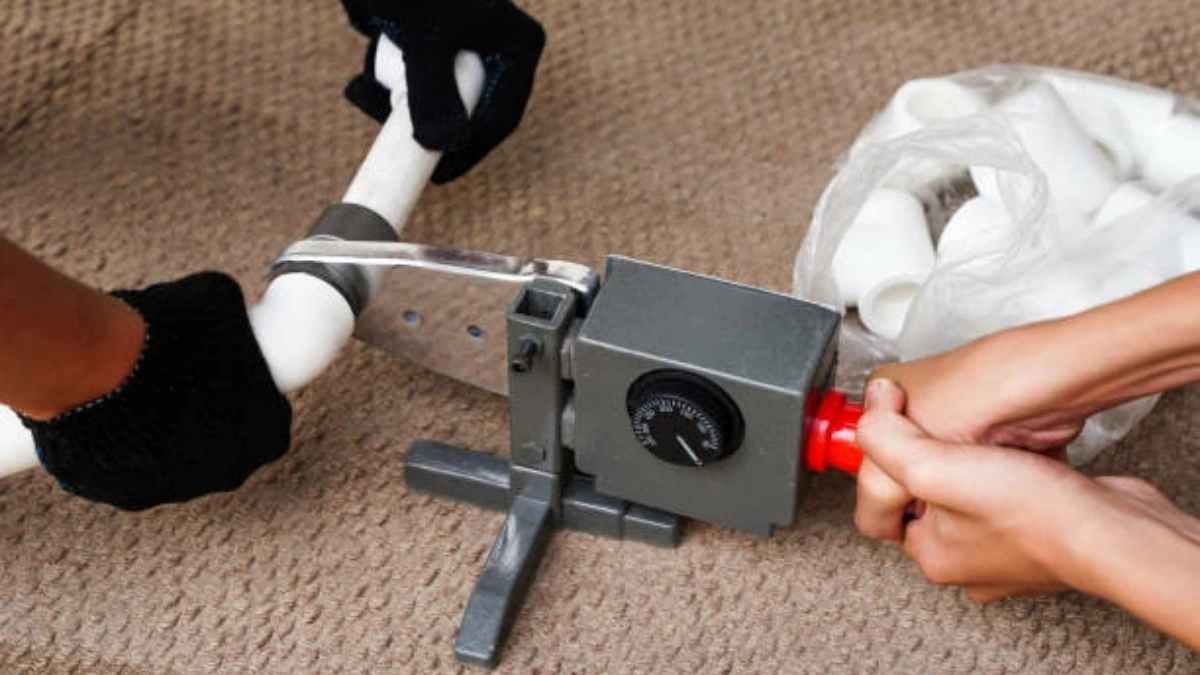Introduction
PPR pipes are a popular choice in modern plumbing systems due to their durability, heat resistance, and corrosion resistance. Made from polypropylene random copolymer, these pipes are widely used in residential, commercial, and industrial applications. This article explores the features of PPR pipes, their applications, and the all types of PPR fittings names that complement them. Whether you’re planning a plumbing project or upgrading an existing system, understanding PPR pipes and their fittings can help you make informed decisions.
1. Features of PPR Pipes
PPR pipes offer several advantages over traditional materials like metal or PVC. They are highly resistant to chemical corrosion, ensuring safe water transport. Their smooth interior minimizes friction, improving water flow efficiency. PPR pipes can withstand high temperatures, making them suitable for hot water systems. For instance, they handle temperatures up to 95°C without deformation. Additionally, PPR pipes are lightweight and easy to install, reducing labor costs and time. Their long lifespan, often exceeding 50 years, makes them a cost-effective solution.
2. Applications of PPR Pipes
PPR pipes are versatile and widely used in various applications. In residential settings, they are ideal for hot and cold water supply systems. For example, 25mm PPR pipes are commonly used for household water distribution. In commercial buildings, they handle heating systems and compressed air distribution. Their resistance to chemicals makes them suitable for industrial applications, such as chemical transport. PPR pipes are also used in agricultural irrigation systems, ensuring efficient water flow.
3. All Types of PPR Fittings Names
PPR fittings are essential components for creating secure and efficient plumbing systems. Here are the all types of PPR fittings names:
- Elbows: Change the direction of the pipe, typically at 45° or 90° angles.
- Tees: Allow for branching connections in the plumbing system.
- Couplings: Join two pipes of the same size.
- Reducers: Connect pipes of different diameters.
- Unions: Enable easy disassembly for maintenance, such as live unions.
- Adapters: Connect PPR pipes to other types of pipes or fixtures.
- End Caps: Seal the end of a pipe.
- Valves: Control the flow of water, such as ball valves or stop valves.
For example, a 32mm PPR elbow is ideal for redirecting water flow in a residential plumbing system.

4. Benefits of Using PPR Pipes and Fittings
PPR pipes and fittings offer numerous benefits for plumbing systems. Their flexibility simplifies installation, reducing labor costs and time. They resist freezing and bursting in cold temperatures. Their smooth interior minimizes friction, improving water flow efficiency. PPR pipes are resistant to chlorine and chemicals, ensuring safe water transport. They are quieter than metal pipes, reducing water hammer noise. With a lifespan of up to 50 years, they are a cost-effective and sustainable solution for modern plumbing needs.
5.Installation and Maintenance of PPR Pipes and Fittings
Installing PPR pipes and fittings requires specific tools and techniques. Use a PPR pipe cutter for clean, straight cuts. Connect pipes and fittings using a welding machine, which heats the materials to create a secure bond. For example, a 40mm PPR pipe and fitting require precise welding to ensure a leak-proof connection. Proper alignment and heating time are crucial for a strong joint. Once installed, PPR systems and fittings require minimal maintenance, ensuring long-term reliability.
Conclusion
PPR pipes are a reliable and versatile solution for modern plumbing systems. Their durability, heat resistance, and ease of installation make them ideal for residential, commercial, and industrial applications. By understanding the features, applications, and all types of PPR fittings names, you can create efficient and long-lasting plumbing systems. Choose PPR pipes and fittings for your next project and enjoy the benefits of a high-quality plumbing solution.
FAQs
Are PPR pipes eco-friendly?
Yes, PPR pipes are eco-friendly. They are fully recyclable and free from harmful chemicals. Unlike some other plumbing materials, PPR does not release toxins during production or disposal, making it a sustainable option for modern plumbing systems.
What tools are needed to install PPR pipes?
To install PPR pipes, you need a pipe cutter, welding machine, and measuring tools. The cutter ensures clean, precise cuts, while the welding machine helps fuse the pipes together. A measuring tool ensures accurate pipe lengths, reducing errors during installation.
What are PPR pipes and fittings made of?
PPR pipes and fittings are made from polypropylene random copolymer, a durable material. This plastic is resistant to heat, corrosion, and chemicals. The random molecular structure of polypropylene enhances the strength and flexibility of the pipes, making them reliable for various applications.
Can PPR pipes be used for hot water systems?
Yes, PPR pipes are ideal for hot water systems. They can withstand temperatures up to 95°C (203°F) without damage. Their heat resistance makes them suitable for hot water supply in both residential and commercial plumbing systems.
How long do PPR pipes last?
PPR pipes can last for over 50 years with proper installation and maintenance. Their resistance to corrosion and wear ensures a long service life. Regular inspections and maintenance can help extend their lifespan, reducing the need for costly repairs.